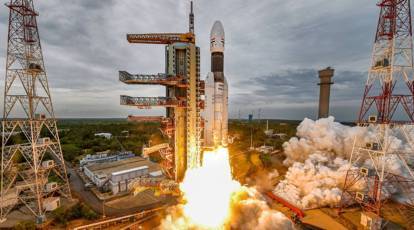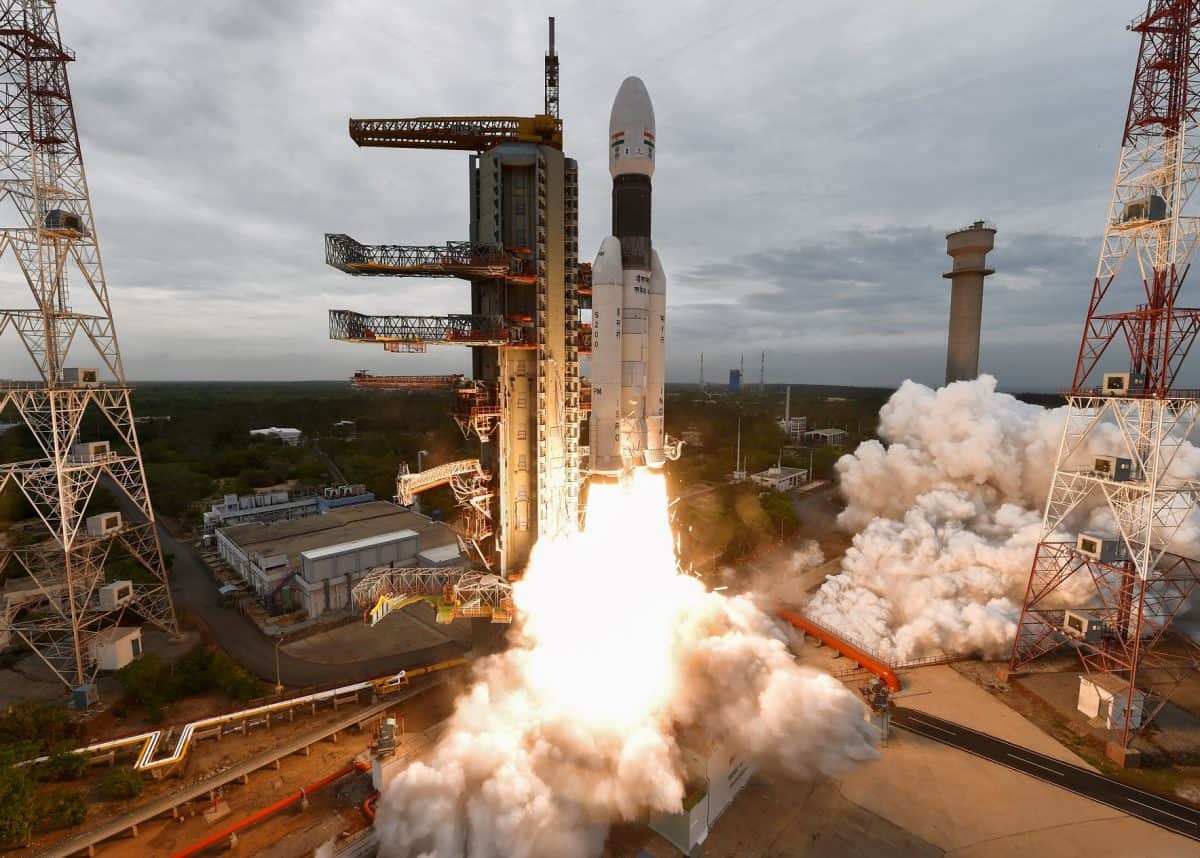Moon Landing Anticipation Builds for India After Russia’s Crash

Moon Landing Anticipation Builds for India After Russia’s Crash
India’s space agency, the Indian Space Research Organisation (ISRO), recently released images captured by its Chandrayaan-3 spacecraft, which is en route to attempting a landing on the lunar south pole. This effort comes shortly after the failure of Russia’s Luna-25 lander.
Chandrayaan-3’s mission involves competing with Russia to achieve the first successful landing on the lunar south pole, a region believed to contain water ice that could potentially support future lunar settlements.
ISRO’s Chandrayaan-3 spacecraft aims to build on the successes and lessons learned from its previous missions, including Chandrayaan-2. The latter included an orbiter and a lander-rover system, with the lander attempting a soft landing on the moon’s surface in September 2019. Although the lander’s landing was unsuccessful, the mission’s orbiter continues to study the moon from its orbit.

As Russia’s Luna-25 mission faced difficulties, ISRO announced that Chandrayaan-3 remained on track for a planned landing on August 23. The competition to successfully land on the lunar south pole highlights the global interest in exploring this region, particularly due to the potential presence of water ice, which could be a crucial resource for future lunar exploration and potentially even for supporting human settlements.
The efforts of ISRO and other space agencies worldwide demonstrate the challenges and aspirations of lunar exploration. These missions contribute to our understanding of the moon’s composition, geology, and potential resources, ultimately paving the way for future endeavors in space exploration and settlement.

The Chandrayaan mission, named after the Hindi and Sanskrit words for “moon vehicle,” is India’s endeavor to explore and understand the moon’s south pole region. This mission represents India’s second attempt to achieve a successful landing on the lunar south pole. In 2019, ISRO’s Chandrayaan-2 mission successfully deployed an orbiter around the moon, but its lander encountered difficulties during its landing attempt and crashed.
Landing on the moon’s south pole presents unique challenges due to its rough terrain. Despite these challenges, being the first to achieve a successful landing in this region would be a significant achievement in the history of space exploration. The south pole region is of particular interest due to the presence of water ice in shadowed craters. This water ice could potentially serve as a valuable resource for future lunar missions by providing essential elements such as fuel, oxygen, and drinking water.
ISRO’s Chandrayaan-3 mission aims to build on the lessons learned from previous attempts and leverage advanced technology to increase the chances of a successful landing. Images released by ISRO showcase craters on the moon’s surface captured by the Lander Hazard Detection and Avoidance Camera onboard the spacecraft. This camera is designed to assist in identifying safe landing locations for the spacecraft, enhancing the precision of the landing attempt.
The pursuit of lunar exploration, particularly in challenging regions like the south pole, exemplifies the spirit of exploration and discovery that drives space agencies worldwide. As countries and organizations work to overcome technical hurdles and unlock the moon’s mysteries, these missions contribute to advancing our understanding of our celestial neighbor and laying the groundwork for future exploration endeavors.
India’s moon mission, Chandrayaan-3, commenced on July 14, with the lander module separating from the propulsion module in recent days. The successful landing of Chandrayaan-3 on the moon’s surface would have significant implications for India’s position in space exploration.
A successful moon landing would signal India’s emergence as a capable space power, which aligns with the efforts of Prime Minister Narendra Modi’s government to encourage investment in private space launches and satellite-based businesses. This achievement could stimulate interest from both domestic and international stakeholders, potentially fostering collaboration and advancements in India’s space industry.
The success of Chandrayaan-3 could have broader implications for India’s space agency, the Indian Space Research Organisation (ISRO). It would enhance ISRO’s global reputation and further establish India as a prominent player in space exploration. The accomplishment would reflect India’s growing expertise and capabilities in designing and executing complex space missions.
Beyond reputation, a successful mission would also highlight India’s prowess in cost-competitive space engineering. Chandrayaan-3 was launched with a relatively modest budget of around 6.15 billion rupees ($74 million), which is less than the production cost of the 2013 Hollywood space movie “Gravity.” This cost-effective approach showcases India’s ability to achieve substantial results in space exploration while optimizing resource allocation.
The achievements of Chandrayaan-3 and India’s continued progress in space exploration have the potential to inspire future generations of scientists, engineers, and space enthusiasts. They underline the importance of innovation, determination, and investment in pushing the boundaries of human exploration and discovery.
A successful landing of Chandrayaan-3 would position India as the fourth country in history to achieve a successful moon landing, following the former USSR, the United States, and China. This achievement holds significant technological, scientific, and symbolic importance for India’s space program and the global space exploration community.
K. Sivan, the former chief of the Indian Space Research Organisation (ISRO), emphasized the transformative impact of a successful landing, noting that India would acquire new technological capabilities as a result. The successful landing would mark a major milestone and showcase India’s advancement in space technology and engineering.
ISRO scientists have applied valuable lessons from past missions to improve Chandrayaan-3’s chances of a successful landing. Changes and enhancements have been made to the spacecraft, including provisions for safe landings in expanded and challenging conditions, increased fuel capacity, additional solar panels for power generation, and sturdier landing legs. These modifications reflect the agency’s dedication to continuous learning, innovation, and risk mitigation.
The positive outcomes from a successful landing are expected to extend beyond scientific and technological realms. India’s growing private space industry anticipates a boost from Chandrayaan-3’s success. Since India opened up to private launches in 2020, the number of space startups in the country has more than doubled. The success of Chandrayaan-3 could serve as a catalyst for further private investment, innovation, and expansion in India’s space sector.
The excitement and anticipation among industry experts, executives, and space enthusiasts highlight the widespread interest and support for Chandrayaan-3’s mission. The collaborative efforts of India’s space agencies, scientists, and emerging private space companies demonstrate the nation’s commitment to advancing space exploration and technological progress.



